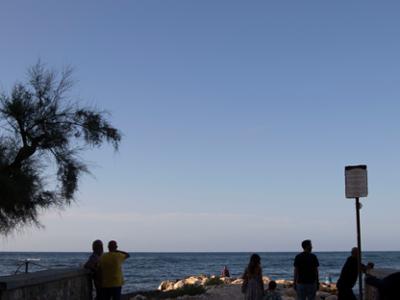Trapani



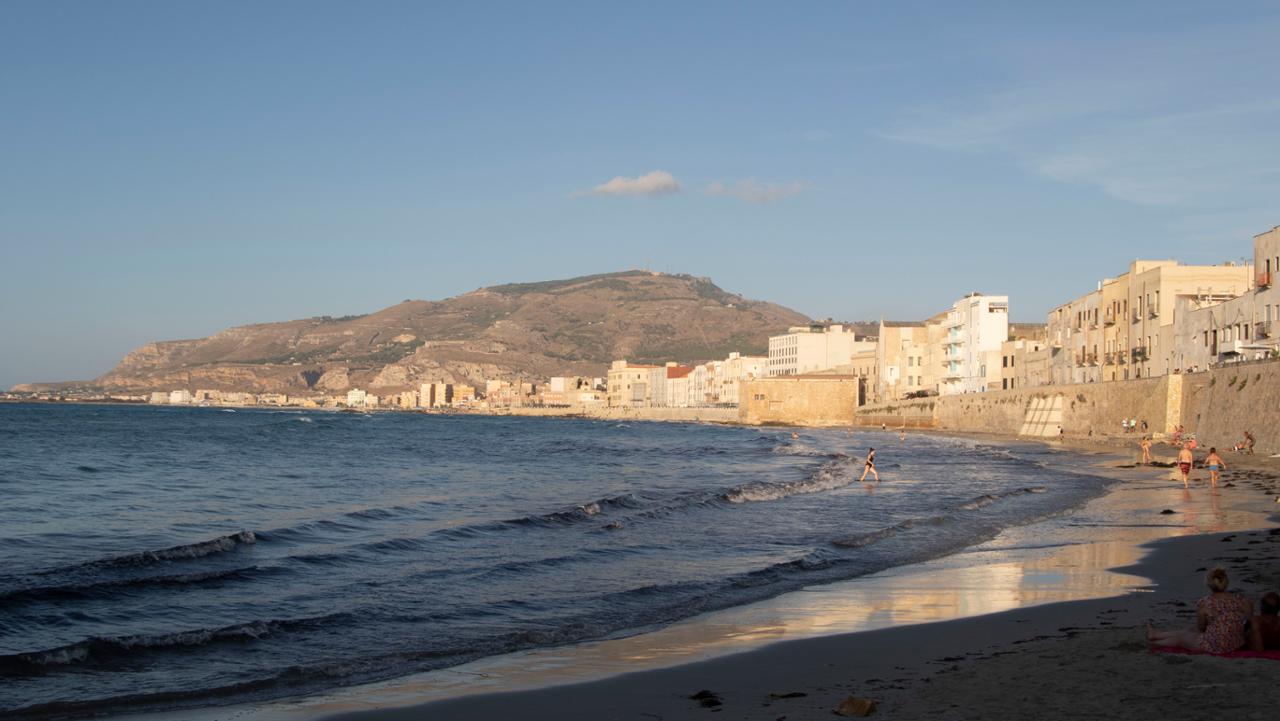


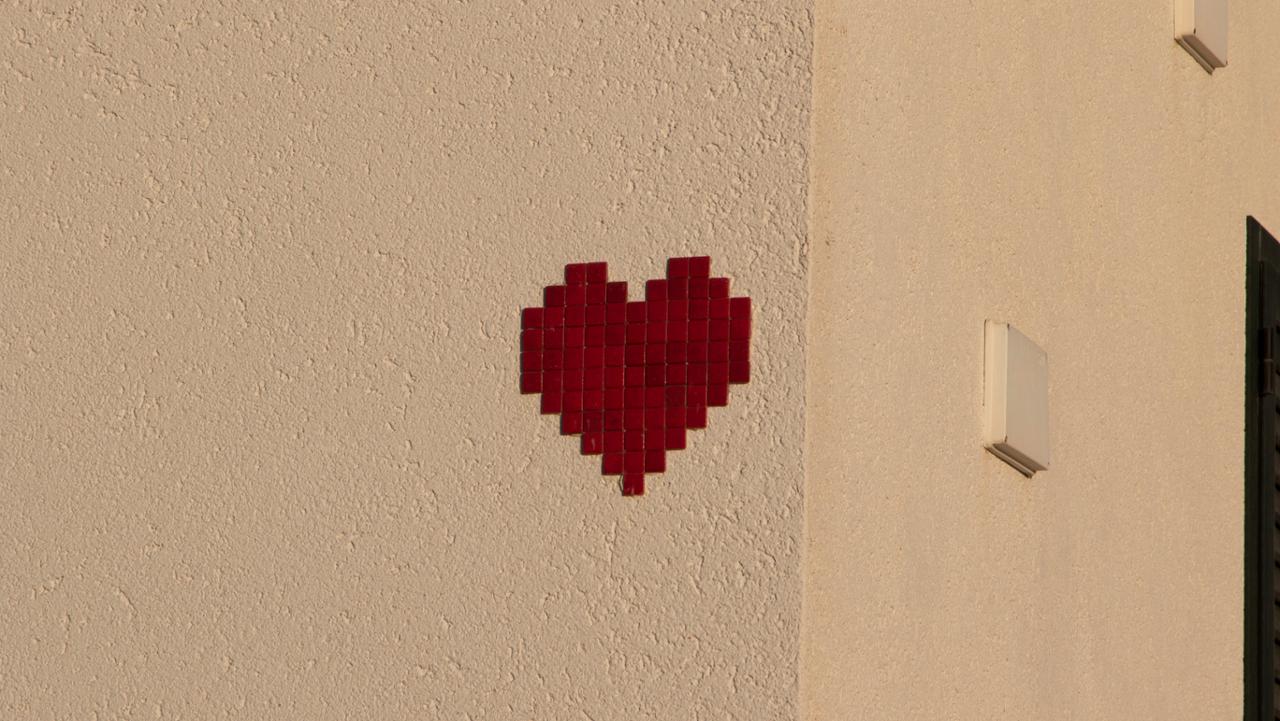
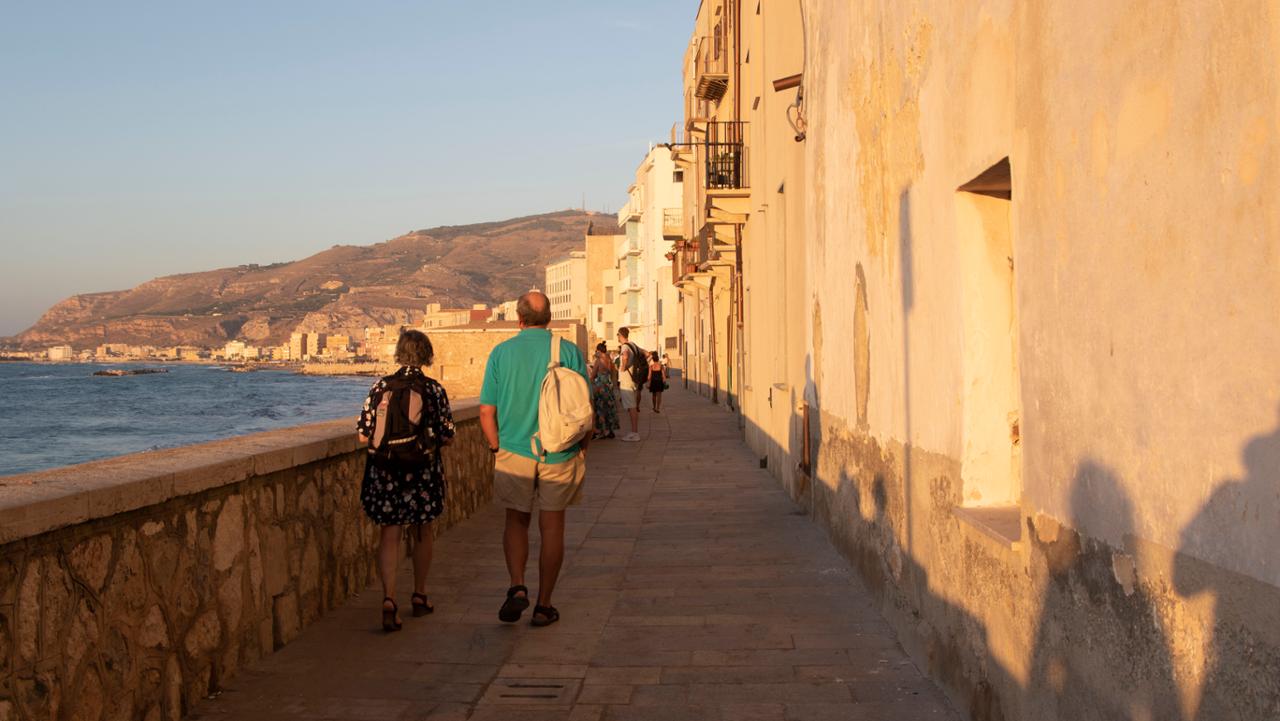
Trapani, a fascinating history
When Erice was already one of the most famous places in the Mediterranean, Trapani was just a small village nestled between the slopes of Mount San Giuliano and the sea.
It was the Elimi who built it on the promontory where still today stands the district of San Pietro, formerly called "Casalicchio". In the eighth century BC, with the arrival of the Phoenicians in nearby Motya, Trapani also became part of the Punic territories and their presence remains the large expanse of salt pans, south of the city.
In this period the city is increasingly linked to Carthage, it will be in fact the famous leader, Amilcare Barca, to strengthen the city walls and build the first nucleus of the Colombaia, works that still testify to a thousand-year history.
In 241 BC with the naval battle of the Egadi the Romans mark the end of Carthaginian rule and begins for Trapani a very long period under their influence.
After a short period, under the rule of the Roman Empire of the East, Sicily was reborn economically and culturally with the arrival of the Arabs in 827.
Of the Arabic presence remain influences in art and literature, the legendary contaminations of Trapani’s cuisine, the rich vocabulary of the local language and the dense streets of the historic center.
With the arrival of the Normans (1097), the port of Trapani, thanks to the duty free and the presence of the consulates of the main maritime and commercial cities of the moment, returns to the glories of the past; will alternate, Swabians and Angevins, and after the Sicilian Vespers of 1282 and the consequent expulsion of the French, the Aragonese domination that lasted until 1713 will begin, and finally the Bourbons will govern it until 1860.
Trapani is a city to visit slowly, at every step reveals its ancient past, you will not tire of admiring the beauty of monuments, the wealth of churches, the elegance of noble palaces. The city is surrounded by a beautiful sea of which you will smell among its alleys, the sun enhances the beauty of its buildings, the wind crosses it without breaking it. You can start your walk from the walls of Tramontana, this path will take you to the Conca Bastion, passing through the port of Porta Botteghelle opened in 1200 and from which you can reach the beach under the walls.
Continuing we reach Torre di Ligny , an imposing tower of 1671, now home to the Anthropological Museum. Near the tower you will find a charming corner of the sea next to a tiny church, San Liberale, built on the rocks by coral fishermen in the early seventeenth century.

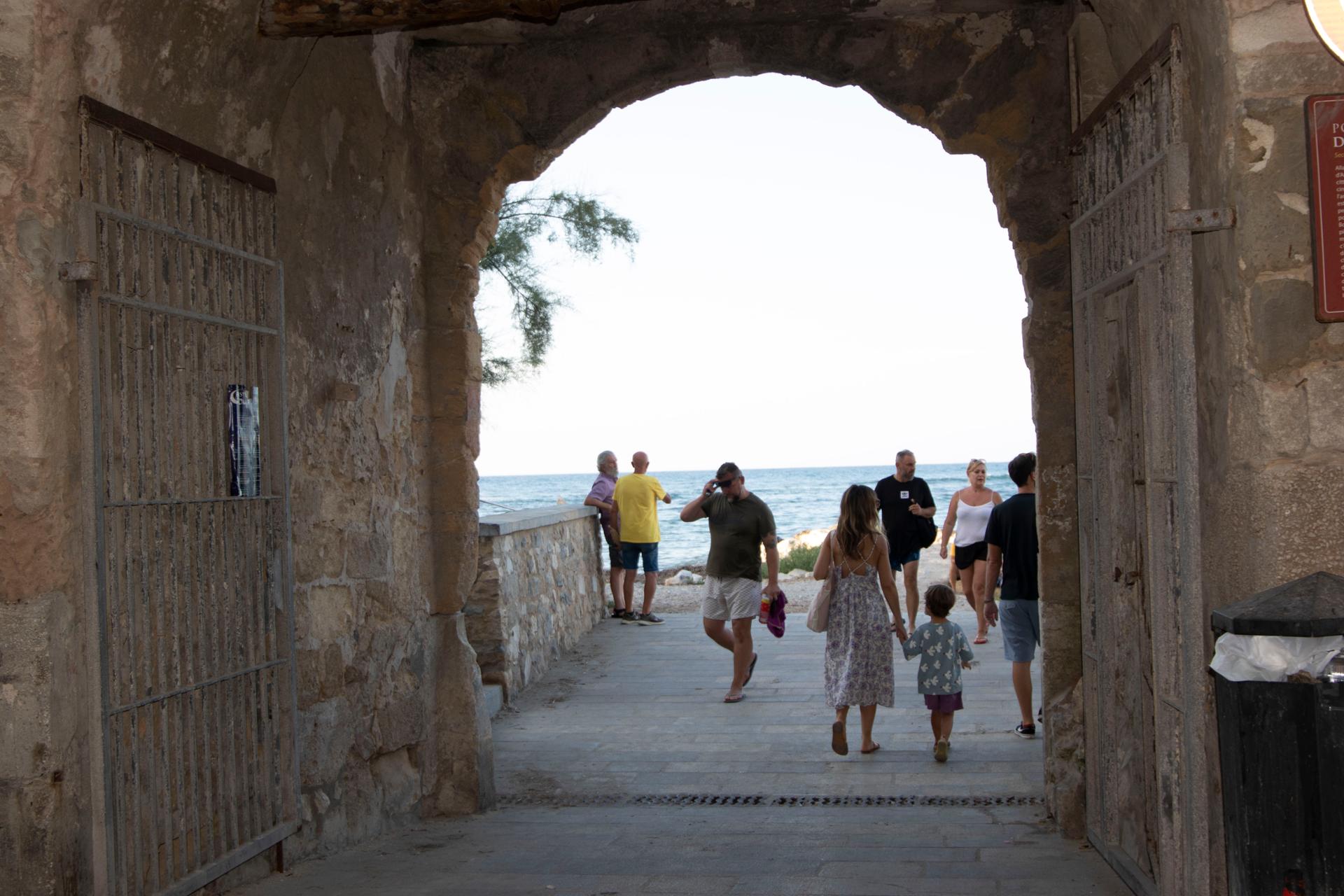


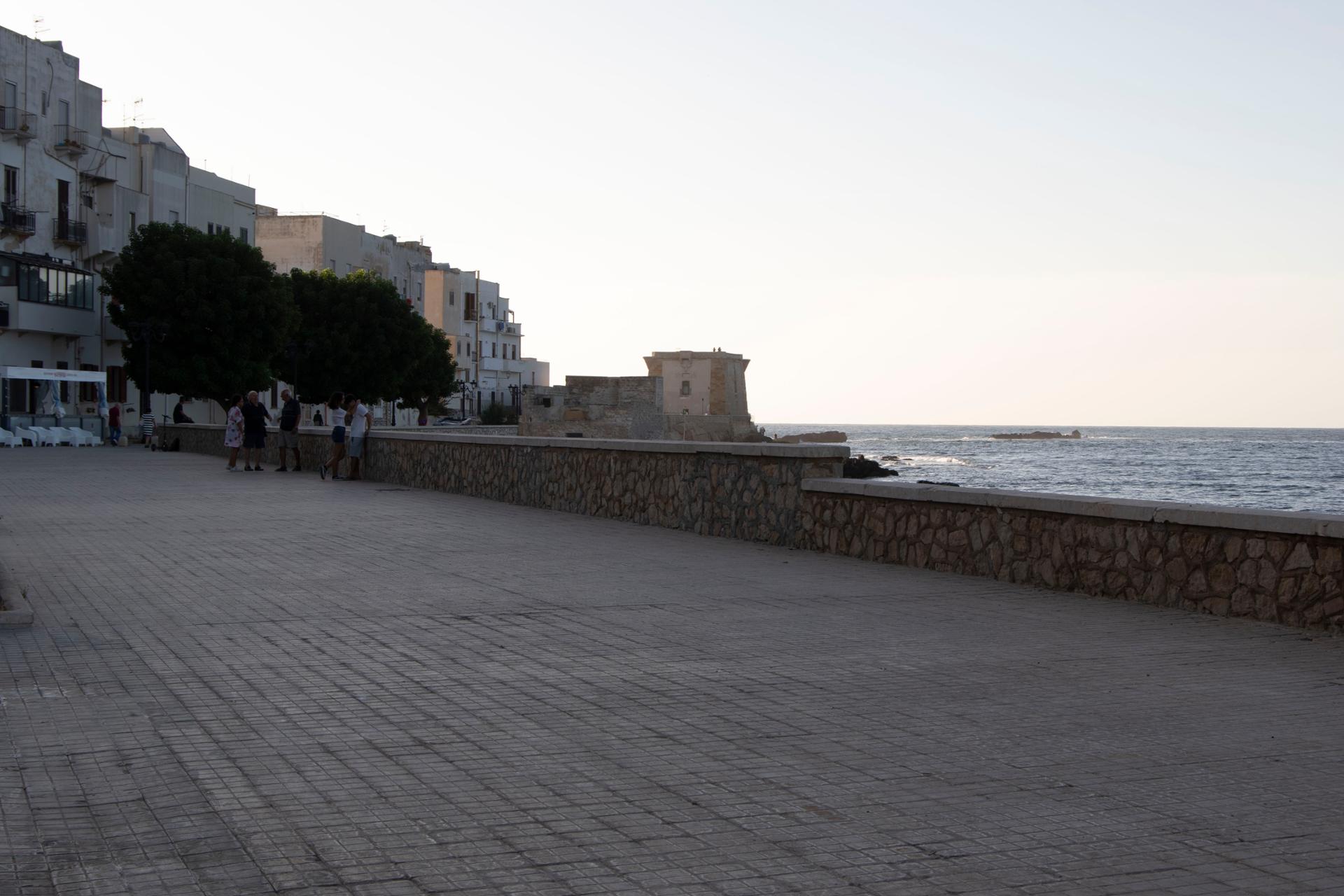











esempi di as xml: xml serveResource con templateId (chiave)
esempi di as json: json serveResource con templateId (chiave)
esempi di as json e siteId: json serveResource con siteid


